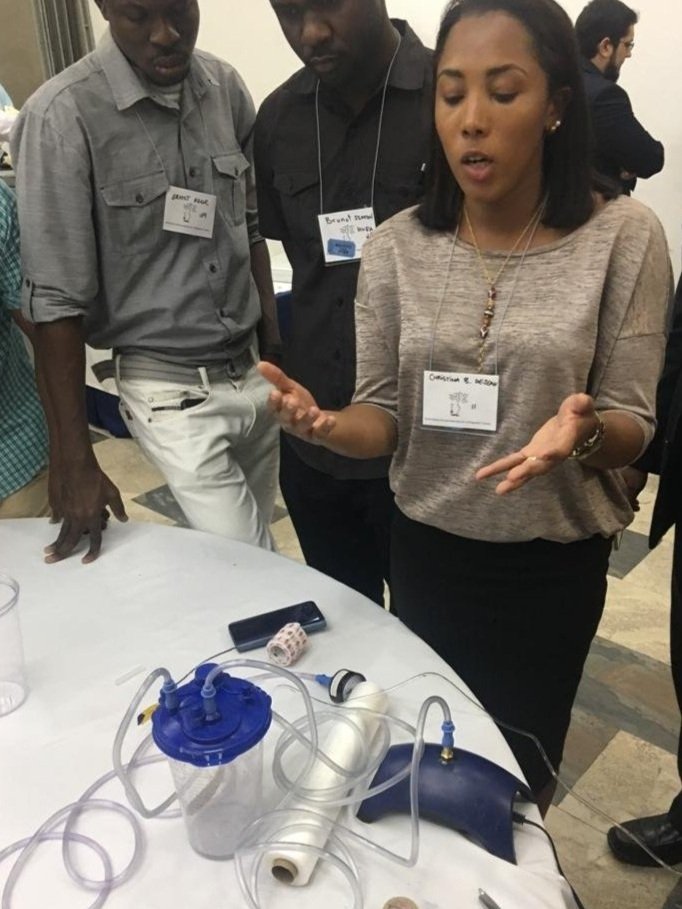Vacuum Assisted Wound Therapy Affordable For All
VATARA is a low-cost negative pressure wound therapy pump costing $104 in parts and can be used with commonly available medical supplies. We hope to reduce the cost even further to improve its affordability and availability. The aim of VATARA is to make this essential technology available to all trauma patients who need it, especially in resource-limited settings and humanitarian crises.
What is vacuum-assisted wound therapy?
Vacuum-Assisted Wound Therapy, or Negative Pressure Wound Therapy (NPWT) is a safe and effective method to manage acute and chronic wounds. It is widely available and commonly used in high-income countries like the United States. NPWT involves placing a sterile pourous dressing material (usually a sponge or gauze) into the wound, then sealing the wound with an impermeable plastic film. A hole is cut into the dressing into which suction tubing connects the wound to a vacuum pump that applies a gentle negative pressure (-125mmHg) to the wound. This improves healing by promoting granulation tissue formation and removing fluid.
The problem.
NPWT pumps and single-use supplies (the sponge and plastic film dressing) can cost $40,000/patient, limiting the availability of this essential technology in lower income countries where trauma is common and health systems are under-resourced to provide adequate trauma care. Without NPWT, providers in resource-limited settings rely on standard wet-to-dry dressings, which generally have worse outcomes for patients with contaminated and/or complex wounds.
Our journey
In 2018, Dr. Christina Dejean presented her version of the "Turtle VAC", a low-cost NPWT device made from an aquarium pump, based on a design by COAN. Dr. Dejean and others published the early results of the Turtle VAC in Haiti here. In 2021, we built Turtle VACs to support colleagues in Cameroon who were in need of NPWT to treat trauma patients.
Based on feedback from Dr. Henry Ndasi at Baptist Hospital Mutengene, Cameroon, we developed our first prototype of the VATARA pump - which reliably provides higher suction (-250mmHg max) and regulatable pressure to accomodate for leaks in the dressing.
We continue to refine our design and have sent VATARA pumps to colleagues in Cameroon, in Haiti after the 2021 earthquake, and to surgeons in Ukraine during the ongoing 2022 Russian Invasion. We are supporting our Cameroonian colleagues in performing a year-long case series to examine the outcomes of their patients with open fractures and contaminated wounds treated with VATARA.
Dr. Dejean in Haiti, 2018
Port-au-Prince, Haiti - August 2021
Mutengene, Cameroon - April 2022
Dnipro, Ukraine - April, 2022
Build your own.
We have created an Assembly Guide and User Instructions for VATARA, in English, French, and Ukrainian.
Make a donation
We continue to build VATARA pumps to support our colleagues in Ukraine, Cameroon, and around the world. Email us at info@sonaglobal.org for more information.








